November 2020
Our local supermarket has started carrying more "exotic" fruits. My guess is that it's in response to a growing number of customers who are either Hispanic or of Southeast Asian descent. And so there are now Dragon fruit, persimmons, and hitherto unknown to me varieties of mango now available for our delectation. Previously we'd have to take a trek to a smaller ethnic grocery store to find such fruits. (Not that I mind doing so, mind you.)
On a recent
visit I noticed that quinces are now on offer.
To make
rough red marmelade of Quinces. Take Quinces and pare them, cut them in small
peces from the coare, then take as much sugar as the peces doe waye, and put
the Quinces beinge cutt into an erthen pott and put halfe the sugar that you
waied into the pott and as much water as will couer them, then sett them into
an ouen with howsholde breade. then when they are paked poore them into a
postnett or preseruinge pan and put the rest of the sugar to it, then bruse
them with the back of a spoone, then boyle them with sturringe till it will
come cleane from the bottome of the pan then boxe it.
I got caught
the itch for historical cooking many years ago when I attended a seminar on
medieval cookery. Since then I've occasionally taken pleasure trying to cook
like it's 1399. One's tastebuds are often challenged when all of the foodstuffs
of the New World are absent. However, there are plenty of familiar things such
as cryspes, which we know as funnel cakes. (Probably the only period
food you'll find at a Renaissance Faire.) I found a recipe for frutours
– fritters – that are apple slices dipped in beer batter and fried.
While most
of the ingredients in medieval cooking are in everyone's kitchen, some are not.
I mean, who uses verjuice (the juice of unripe grapes) these days? I had to
mail order a bottle of it. Grains of Paradise were found at Milwaukee's public market.
The cubebs for my medieval meatballs, pumpes, also had to be shipped in,
this time from the west coast. Cubebs are Javanese peppercorns. Similar to the
black pepper we enjoy everyday, it tastes a bit more sprightly,
more citrusy to me.
Pumpes are beef meatballs seasoned with mace, clove, cinnamon, and saffron in addition to cubeb. They are served in an almond milk-based sauce flavored with mace and cinnamon.
********
Next time.
My friends' cabin is on the bank of the north branch of the Oconto River. I know I've gone down the right driveway when I see a familiar sign.
Across the road lies the Nicolet National Forest so I took a stroll. At one point I heard a woodpecker and tried to find it. As I was gazing upwards, an acorn fell and missed my head by about a foot. I never spotted the bird so I continued hiking down the road and found a trailhead at the end of it. So down the path I went.
After my little hike, I wandered back to the cabin and lit a fire. With dinner I had one of my favorite potent potables, a Schlenkerla Rauchbier.
The Schlenkerla
brewery was established in 1405 in Bamberg, Germany where Rauchbier is the
town's specialty. Back then most beer was smoke beer as I believe the use of
indirect heat/use of coke instead of wood to dry malt is a 17th
century invention. Bamberg is also home to another Rauchbier brewery, Spezial,
but, sadly, they do not export their beer to the States. This being the case, the Frau and I are determined to visit Bamberg someday to sample their brews. Plus, the
town has retained some medieval buildings so I can indulge my love of the
Middle Ages while there.
I also had a
bottle of Becherovka, a Czech digestiv with me. It was given to me by an uncle when he was clearing out his liquor cabinet on a recent visit. A couple swigs made a fine post-prandial treat but it was
too sweet to drink a lot of. Perhaps if had been colder or diluted. Just a bit
cloying for me. I left it in the cabin's liquor cabinet for future guests to indulge
themselves.
I stayed at the cabin for only one night as my next stop was Stevens Point, home of a couple friends from college whom I hadn't seen in several years. As I was packing up, I heard a woodpecker nearby. I was able to find this one and even got a snap of it.
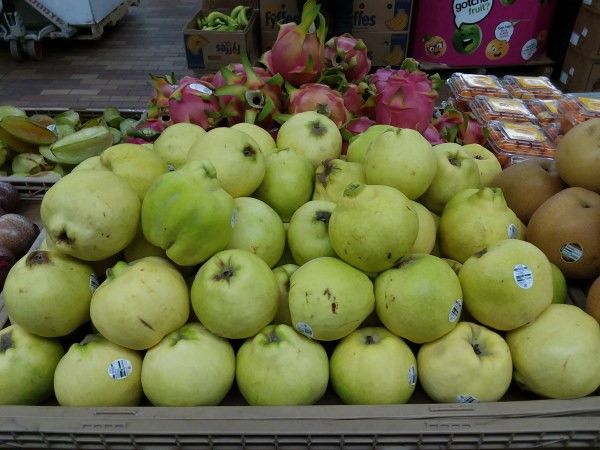
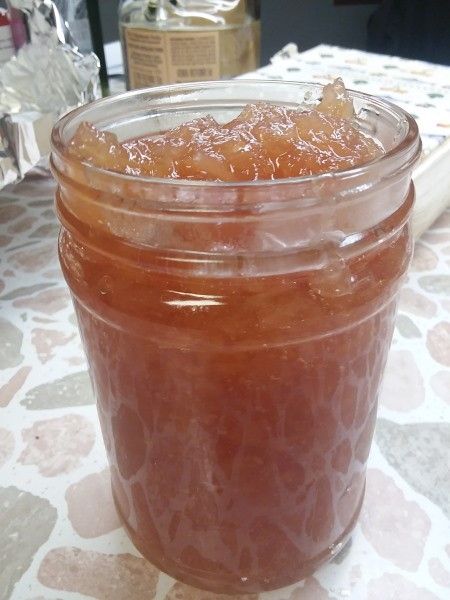
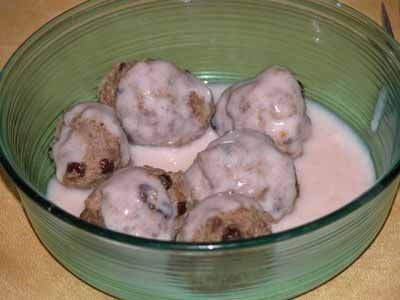

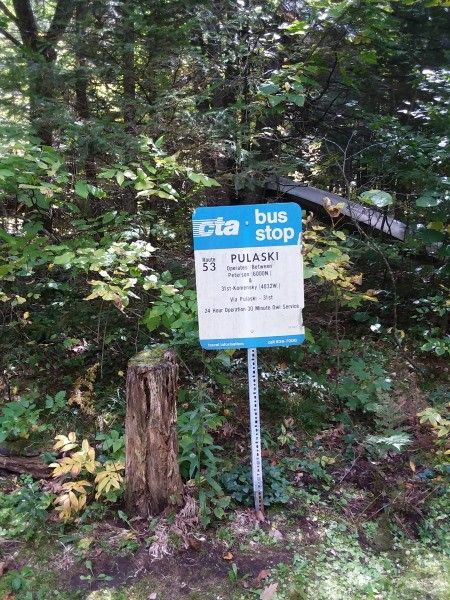
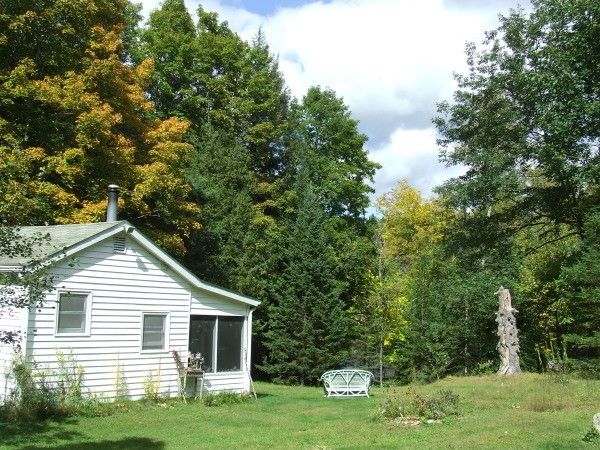



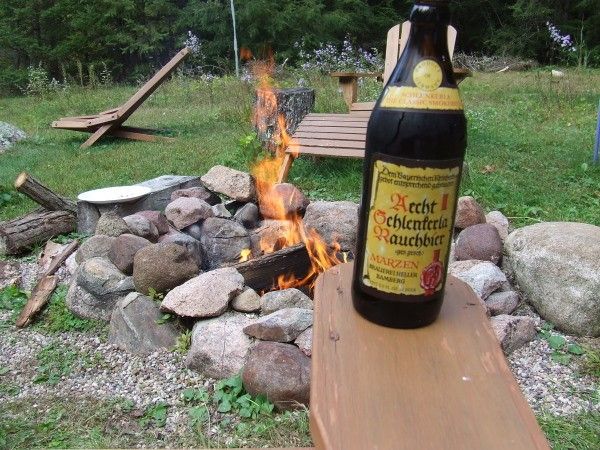
.jpg)

2 comments:
Ha ha ha!
Somebody bought that CTA route #53 bus stop sign. The Authority caught on (finally) that some of its indicia were valuable, and started offering items which were either the genuine item, or more probably reasonable facsimilies thereof, of Bus Stop signs.
(My CTA routes were | are #54 Cicero / #77 Belmont.)
Against my better interest, I inform you about this Week in Rauchbier podcast. Rauchbier is my Achilles Heel insofar as beer styles go. Many styles of beer I prefer are wounded when they are shifted to smoke-flavored brews. I have tried; but I cannot get through most of them. |={
I don't recall where the sign came from as I heard that story ages ago. I've heard of that podcast but have not listened. Thanks.
Post a Comment